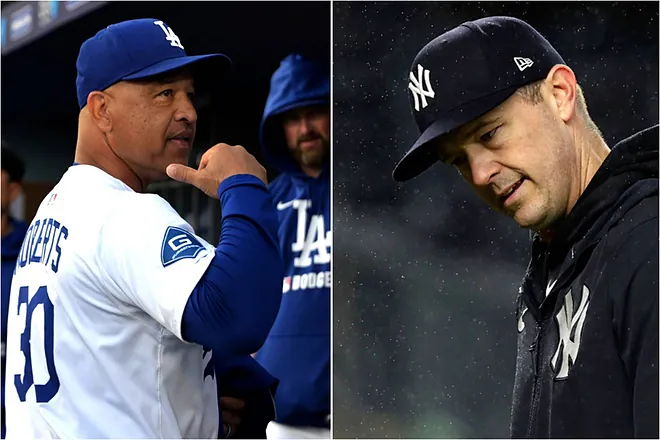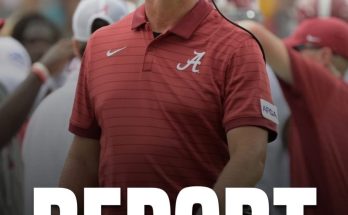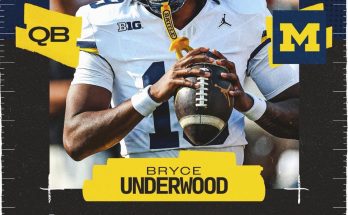In the high-stakes world of Major League Baseball, the New York Yankees and Los Angeles Dodgers have long been titans of ambition, payroll, and pursuit of talent. Every offseason and trade deadline feels like a power struggle between these two juggernauts as they scan the market for game-changers—those elite arms or bats who can tilt the balance of October glory. This year, the race is no different, and once again the Dodgers and Yankees find themselves staring down the same scouting report, circling the same name, and calling the same agent.
The pitcher in question is not just another middle-rotation arm or a reclamation project. This is a front-line, potentially franchise-altering ace with electric stuff and the résumé to back it up. His fastball sits comfortably in the upper 90s, his breaking pitches are nightmare fuel for even the league’s best hitters, and he possesses the kind of mound presence that screams postseason ace. It’s no surprise that both organizations—each with World Series aspirations—have identified him as the missing piece.
Yet as both the Dodgers and Yankees sharpen their focus on acquiring this coveted arm, a troubling warning is beginning to circulate around league front offices. It’s the type of red flag that gives even the deepest-pocketed teams reason to hesitate. Medical evaluations and whispers from inside circles suggest that this pitcher’s arm might not be built for the long haul. And for two teams that have seen promising seasons derailed by pitching injuries in recent years, this revelation is not being taken lightly.
Sources close to the situation have confirmed that the pitcher, while still performing at an elite level, has shown signs of overuse and potential structural issues that have not yet forced him to the injured list—but have certainly raised concern. These aren’t just precautionary flags from a single team’s medical department; multiple evaluators across the league have expressed unease about what a full-season workload could do to his elbow and shoulder.
This presents a complex dilemma. The Dodgers, even with their already stacked rotation including Tyler Glasnow and Yoshinobu Yamamoto, have dealt with their fair share of pitching attrition in recent seasons. Walker Buehler is on a tight leash after returning from Tommy John surgery, and Clayton Kershaw, while a franchise legend, is recovering and unsure for late-season impact. With World Series expectations, Los Angeles knows they need another reliable top-end starter to carry the burden if they want to survive a gauntlet of postseason lineups.
For the Yankees, the urgency may be even greater. Their season has been buoyed by MVP-level production from Juan Soto and Aaron Judge, but the rotation depth has taken hits. Gerrit Cole has battled injury, and while Nestor Cortes and Carlos Rodón have shown flashes, the Bronx Bombers can’t afford to head into October without another dominant force on the mound. They know it. Their fans know it. And Brian Cashman certainly knows it.
But here’s where the stakes get trickier. Despite the glaring need, both teams are being advised by internal and external medical experts to think twice. A league source with knowledge of the pitcher’s recent biomechanical analysis shared that there are early signs of stress on his ulnar collateral ligament—the same ligament commonly involved in Tommy John surgeries. He hasn’t missed time yet, but the prevailing sentiment is that it’s not a matter of “if,” but “when.” That kind of warning doesn’t just affect a team’s medical approach—it drastically alters trade value, contract discussions, and long-term planning.
Still, talent talks. And in a win-now league where flags fly forever, risk is always part of the equation. The Yankees, who haven’t won a World Series since 2009, are desperate to reassert their dominance. The Dodgers, winners in 2020 but dogged by disappointing exits in recent years, are determined to convert regular-season brilliance into postseason triumphs. For both franchises, watching the other land a potential difference-maker is unacceptable.
The pitcher is fully aware of the interest. He’s represented by one of baseball’s most powerful agents, who is carefully managing the narrative around the injury speculation. Publicly, there’s no admission of concern. The agent has been quick to dismiss any medical worries as routine “wear and tear” that accompanies every starting pitcher’s workload in today’s game. He cites his client’s velocity, spin rates, and consistency as evidence that the arm is healthy and should be judged on results, not speculation.
Privately, however, rival teams are doing their own due diligence. One National League GM, whose team also explored the possibility of acquiring the pitcher, noted that his club backed away after reviewing MRI scans and hearing from orthopedic specialists. “He’s still dominant,” the GM admitted. “But we couldn’t take the chance. The numbers don’t lie, and if he goes down, that’s a lot of money and prospects down the drain.”
Money and prospects—two resources the Dodgers and Yankees are both rich in, and yet cautious to squander. The pitcher in question is likely to command a steep price, both in terms of a potential trade package or free-agent bidding. We’re talking top prospects, controllable young players, and a long-term financial commitment north of nine figures. It’s the type of investment that can either vault a team to a championship or haunt them for years.
For Los Angeles, the internal debate rages on. President of Baseball Operations Andrew Friedman is known for his analytical discipline and refusal to make emotionally driven decisions. He’s passed on marquee arms before due to injury concerns, and the organization has typically preferred to spread risk across several solid acquisitions rather than betting the house on one volatile asset. But the pressure from within the clubhouse—where veterans want another frontline starter—could nudge Friedman closer to the edge.
In New York, the decision could come down to ownership. Hal Steinbrenner has recently been more aggressive in allowing big splashes, and Aaron Boone has expressed the need for more arms to navigate a long playoff run. If the Yankees believe the pitcher can give them even two dominant months down the stretch, the temptation to go all-in might override long-term caution.
Meanwhile, the pitcher keeps dealing. His ERA remains among the league’s best, he’s still racking up strikeouts, and opposing batters look helpless when he’s on. Scouts say his stuff looks as nasty as ever. But under the surface, the warning signs persist. There are whispers of decreased recovery times between starts, a slight alteration in arm slot, and reduced command in late innings—subtle indicators that something may be amiss even if it hasn’t resulted in a trip to the injured list yet.
The Dodgers and Yankees are both staring at a ticking clock. The trade deadline is approaching, and every inning this pitcher throws could either solidify his value or affirm the fears of a looming breakdown. It’s a high-wire act—one that could either end with confetti and champagne or regret and rehab.
In the end, both franchises must answer a simple yet terrifying question: How much risk are they willing to take for the reward of a World Series?
It’s a poker game with the season on the line. The Dodgers have the chips. The Yankees have the urgency. The pitcher holds the cards. But somewhere, lurking beneath all the hype and hope, is a warning echoing across the league—a problem that could turn a dream acquisition into a nightmare.
And for two of baseball’s biggest spenders, the decision may ultimately come down to trust: in their doctors, in their scouts, and in their willingness to bet big in a game where nothing—especially an ace’s arm—is guaranteed.



